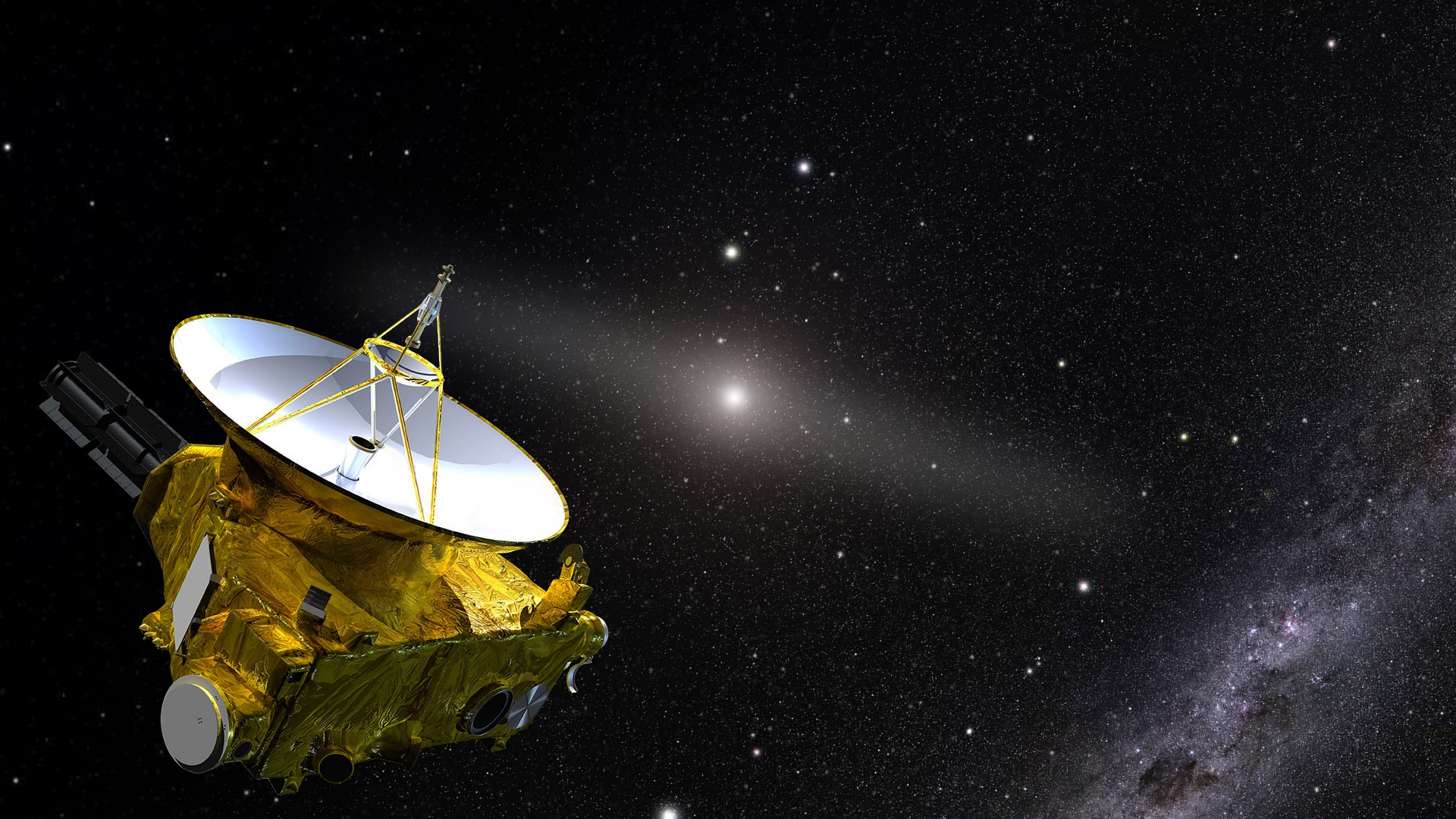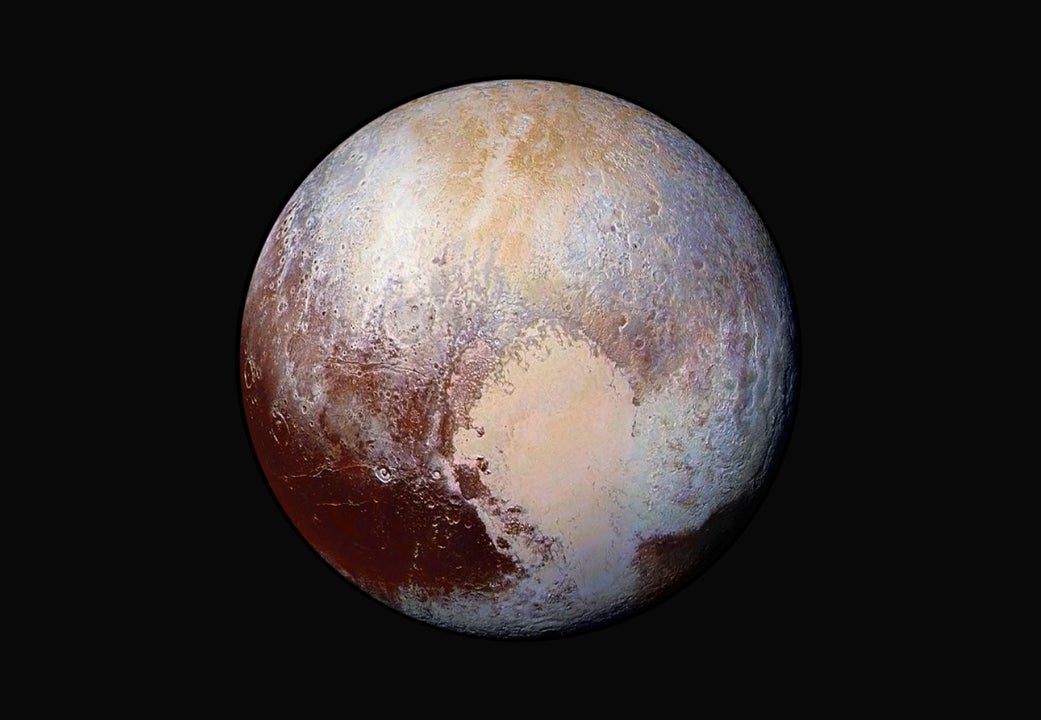
The New Horizons mission needs your help. This highly successful endeavor, which has sent home unprecedented views of the most distant worlds we’ve ever seen, is currently slated for a big change. At the end of September 2024, NASA is planning to restructure the mission and its team, adjusting its scientific goals and effectively ending its exploration of the outer solar system. To protect New Horizons’ current function and staff, the National Space Society is asking the public to show their support by signing their petition by the end of August.
New Horizons’ new view
New Horizons is the mission that brought humanity its first up-close images of Pluto during its historic flyby in 2015. The groundbreaking mission showed us Pluto’s heart — literally — and revealed the distant dwarf planet as a vibrant, active world that likely harbors a liquid ocean under its surface, catapulting it from a historical oddity into the coveted list of potentially habitable worlds in our solar system. Pluto is now known as a complex and intriguing world that is nothing like the dead, distant rock researchers might have once envisaged.
But the mission didn’t end there. New Horizons flew on and just a few years later, zipped past 2014 MU69, then also known as Ultima Thule and today officially named Arrokoth. The encounter, which occurred 4 billion miles (6.6 billion kilometers) from the Sun, is the most distant encounter with a solar system object to date. Here, too, New Horizons showed planetary scientists a strange new world, showing a flattened, two-lobed body hosting organic molecules called tholins on its ruddy surface.
Since then, New Horizons has ventured ever deeper into the Kuiper Belt of icy, ancient objects beyond the orbit of Neptune. So far from the Sun, these worlds represent pristine pieces of the building blocks that created the worlds of our solar system. Studying them offers a unique window into the past. The spacecraft itself remains fully operational and has been on the lookout for new worlds it might closely fly past, all the while making observations of several dozen other Kuiper Belt objects even from afar.

A big change
Currently New Horizons carries out several functions, one of which is exploring the worlds of the Kuiper Belt. The mission also has a heliophysics bent, taking valuable measurement of our Sun’s outer heliosphere that were not achieved with other spacecraft such as Voyager or Pioneer. New Horizons data is also used in collaboration with other heliophysics missions to study our Sun and the makeup of the outer solar system.
The proposed restructuring would bring its Kuiper Belt exploration to an end, according to Alan Stern, the mission’s current principal investigator. NASA would refocus the spacecraft’s efforts — and that of its team — entirely on the Sun. So, New Horizons would stop observing Kuiper Belt objects and its outer solar system experts would be dismissed from the team, leaving only the heliophysics staff.
To prevent this change, the National Space Society has set up an online petition and is asking the public to sign it by the end of August to show their support for continuing the spacecraft’s mission of Kuiper Belt discovery. You can find the petition and additional details on the society’s change.org page.









